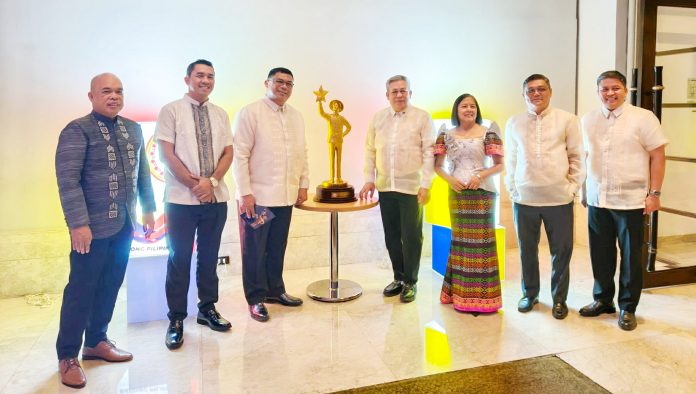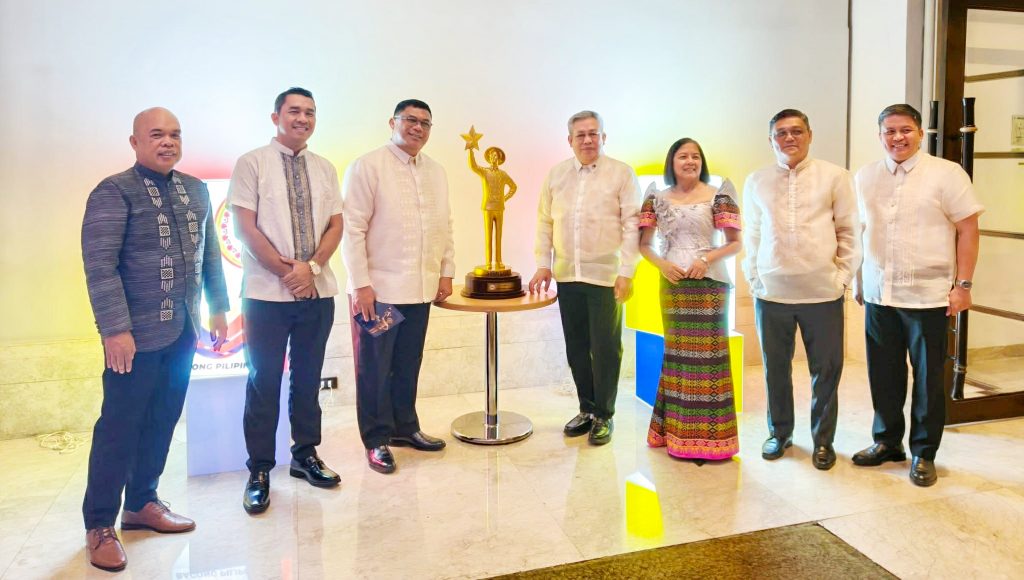
TACLOBAN CITY — Seventy-six residents of St. Bernard, Southern Leyte—including children, youth, women, and adults—have received crucial mental health and psychosocial support (MHPSS) after Typhoon Tino left deep emotional and psychological distress across their communities earlier this month.
The psychosocial sessions were held in Barangays San Isidro and Carnaga, two of the hardest-hit areas during the storm. The initiative was carried out by the Northern Samar Mental Health and Psychosocial Support Response Team, which was deployed to Southern Leyte to help address the growing mental health needs of survivors.
Through guided activities and professional interventions, participants were given a safe space to process their experiences, rebuild their sense of security, and begin their emotional recovery from the traumatic aftermath of the disaster.
The deployment of the MHPSS team is part of Northern Samar Governor Harris Ongchuan’s broader commitment to strengthening community resilience and promoting mental well-being. He has emphasized extending aid beyond provincial borders when neighboring areas are in crisis.
The Provincial Health Office and the Northern Samar MHPSS team were credited for successfully administering the psychosocial sessions for affected families in St. Bernard.
Typhoon Tino struck Eastern Visayas in early November, making its first landfall in Southern Leyte. The storm unleashed heavy rains and destructive winds that triggered widespread flooding, damaged homes and infrastructure, displaced residents, and disrupted essential services. Beyond the physical destruction, many survivors were left grappling with emotional trauma from the sudden devastation.
St. Bernard, already considered geographically vulnerable, bore a significant portion of the storm’s impact—prompting urgent calls not only for relief operations but also for mental health and psychosocial support.
(ROEL T. AMAZONA)





